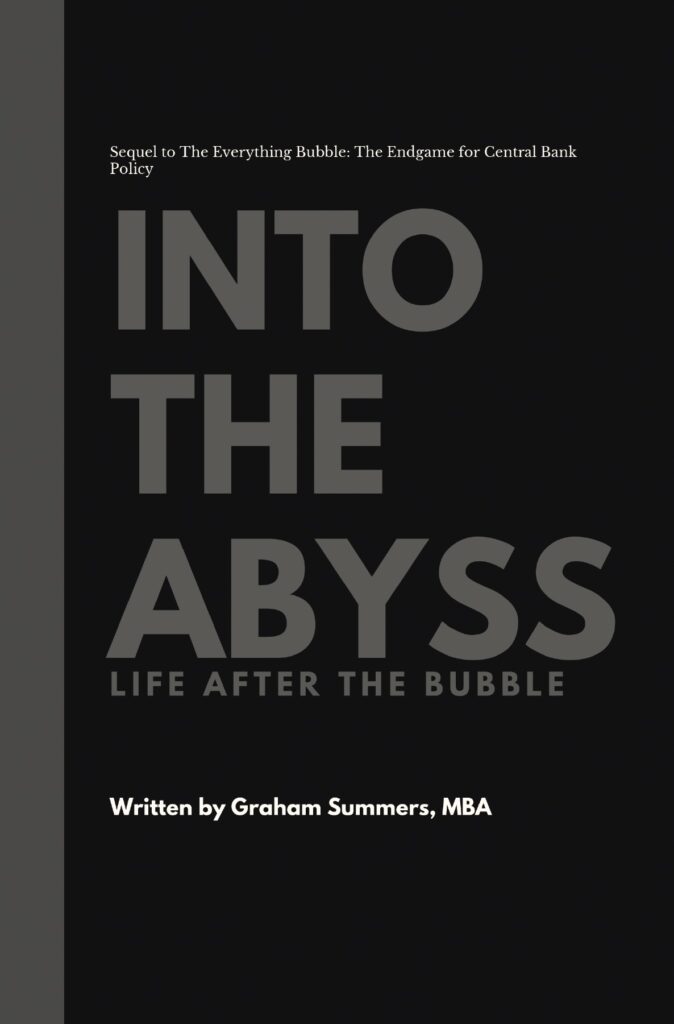THE ONLY REPORT INVESTORS NEED TO KNOW WHEN TO GET OUT OF STOCKS
LISTEN TO OUR PODCAST.
GRAHAM'S NEW BOOK WAS THE #1 NEW RELEASE IN FOUR CATEGORIES ON AMAZON
HOT TOPICS.
- 2008
- bail-ins
- bear market
- Bernanke
- big banks
- bond bubble
- bonds
- BOVESPA
- Carry Tax
- cash ban
- central banks
- China
- collapse
- contraction
- crash
- crisis
- debt
- debt crisis
- debt implosion
- deflation
- Derivatives
- economic collapse
- Federal Reserve
- inflation
- interest rates
- investing
- Jp MOrgan
- meltdown
- NIRP
- Operation Twist
- PboC
- Private wealth
- QE
- recession
- S&P 500
- slowdown
- stock market crash
- stocks
- TBTFs
- the Fed
- the market
- US Dollar
- War on cash
- Yellen
- ZIRP
Tag Archives: US Dollar
Why What’s About to Begin Will Dwarf 2008
Earlier this week I outlined how the next Crash will play out. Today we’ll assess why this Crisis will be worse than the 2008 Crisis. By way of explanation, let’s consider how the current monetary system works… The current global … Continue reading
Posted in It's a Bull Market
Tagged 2008, bonds, crisis, debt crisis, emerging market meltdown, implosion, interest rates, the Fed, US Dollar
Comments Off on Why What’s About to Begin Will Dwarf 2008
Could the Fed Implement a “Carry” Tax on Physical Cash?
The Fed meets this week on Wednesday and Thursday. Many in the investment world believe the Fed will finally raise interest rates during this meeting. If it does, this will be the first rate hike since 2006. And it will … Continue reading
Posted in It's a Bull Market
Tagged Carry Tax, physical cash, the Fed, US Dollar, War on cash
Comments Off on Could the Fed Implement a “Carry” Tax on Physical Cash?




